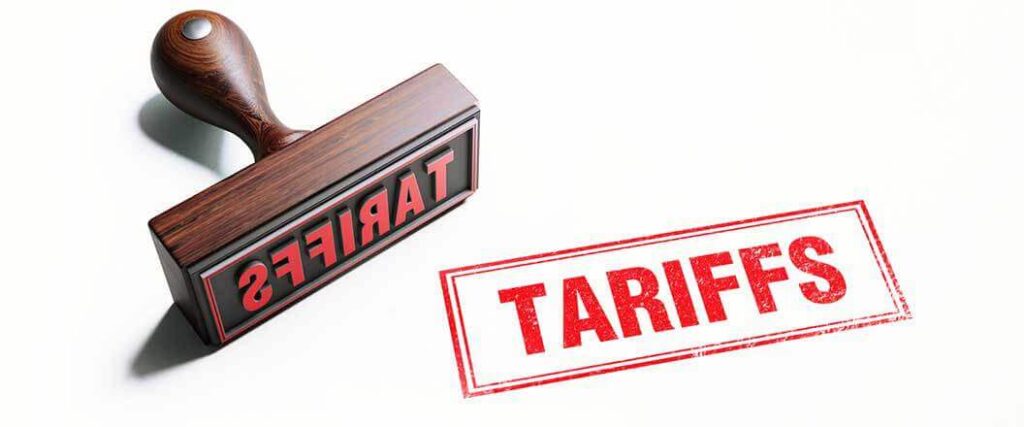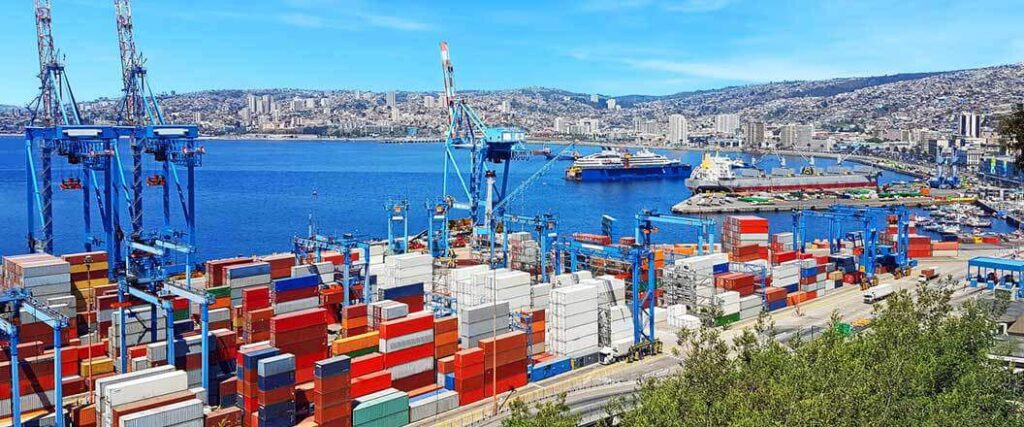
U.S. tariff rate quotas are important to look out for when it comes to importing. This specific type of quota can help importers by making it cheaper to import certain goods in small quantities. However, tariff rate quotas have a few catches that importers must understand before using them.
According to Customs and Border Protection (CBP), tariff rate quotas (TRQ) allow for the importation of a specific quantity of goods at a reduced rate. Importers can still import goods in a quantity larger than specified by the tariff rate. However, the importer will have to pay a duty rate that’s much higher than the TRQ.
This guide will help you to understand U.S. tariff rate quotas better when you’re importing goods from overseas.

TRQs are a type of quota that the CBP assigns to certain types of imports. These quotas make importing the goods assigned to them much more cost-effective for importers. The catch is that the rates these quotas provide are only applicable if the importer doesn’t bring in a quantity of goods greater than what it specifies.
Importers that don’t take possession of goods that are subject to a TRQ and choose not to pay the higher duty rate can have their goods moved to a bonded warehouse or foreign trade zone. An importer can keep their goods at these locations until the start of the next quota period.
The primary purpose of tariff quotas is to reach a compromise between these three parties:
Tariff quotas achieve this by granting U.S. importers market access to products in foreign countries. This also helps exporters in foreign countries by allowing them to sell their goods to U.S. buyers. At the same time, TRQs protect the domestic production of certain U.S. goods.
They do this by setting a limit on how much of certain goods U.S. importers are allowed to bring into the country at a preferential rate. If importers bring in more than the limit provided by the TRQ, they’ll be forced to pay a much higher rate.
Since the higher rate is so much greater, importers are discouraged from bringing in goods in quantities larger than the TRQ specifies. This allows the U.S. to control how much of a certain type of product gets imported. By doing so, domestic producers of the same type of product are still able to compete.
Look into our article on tariffs, duties and more to have a better understanding of the various taxes on imported goods.

The U.S. has numerous TRQs levied against various products, most of them being agricultural.
TRQs are outlined in four different places:
In the HTSUS, importers will find goods to that TRQs are applied. Goods in the HTSUS that have TRQs include the following:
Next, we’ll discuss the TRQs for goods that come from countries the U.S. has FTAs with. Below we’ve listed the FTAs that the U.S. shares with other countries. Many of the TRQs included in these FTAs and regular trade agreements are assigned to agricultural products.
They include:
In addition to FTAs that levy U.S. tariff rate quotas, there are also regular trade agreements and trade legislation that the U.S. has with other countries. We’ve listed U.S. trade agreements that have TRQs.
They include:
Lastly, the U.S. General Agreement on Tariffs and Trade (GATT) has set TRQs for a variety of different products. Like with the FTAs and regular trade agreements, most of the TRQs in the GATT are applied to agricultural goods.TRQs are especially relevant due to how many agricultural products the U.S. imports every year.
Studies show that the value of U.S. agricultural imports in the past five years has been steadily rising, so it still represents a good market to invest in..
| Year | Total Value In USD |
| 2018 | 136.5 Billion |
| 2019 | 141.4 Billion |
| 2020 | 143.4 Billion |
| 2021 | 163.29 Billion |
| 2022 | 165 Billion |
Source: Statista
If you’re importing dairy products into the U.S., look into our article on the topic so you’ll know exactly what to do.

Our 45 Minute Licensed Expert Consulting Will Personally Guide You.
Remembering every U.S. tariff rate quota there is nearly impossible to do. Fortunately, importers only need to follow a few different steps to determine if the goods they’re importing goods from another country that has a TRQ.
These steps are:
Following these two simple steps allow importers to determine if their goods are subject to U.S. tariff rate quotas on their own.
The first way to determine if a product is subject to a TRQ is to check the HTS code of the products being imported. Importers can check their HTS codes for applicable TRQs using a few different methods.
They include:
The next step to determining if an imported product is subject to a U.S. tariff rate quote is by looking at the category number of the product. Not all imports have category numbers, but the ones that do will have the three-digit number listed in parentheses and placed next to the HTS code.
If you are unsure of your HTS code, check out the HTS Lookup Tool available through USA Customs Clearance.
Another way to determine if goods are subject to a TRQ is by checking for an applicable FTA. While the U.S. doesn’t have an FTA with every country, the FTAs the U.S. does have state which goods are subject to a U.S. tariff rate quota. The best part about FTAs is that they largely stay the same once they’re enacted.
This means that importers don’t have to constantly worry if the information about goods subjected to TRQs will become outdated. Importers will only need to check if the FTA has been reversed or updated.
If an FTA does subject certain imports to TRQs, then check the Commodity Status Report. This report is released weekly and it has all the most up-to-date information regarding goods that are affected by TRQs.
For more information about FTAs, check out our article on U.S. free trade agreements.

The CBP is the primary agency that administers import quotas, but it’s not the only one. Both the Department of Interior and the Department of Commerce administer import quotas. The quotas apply to the importation of watches and watches that come into the U.S. as insular possessions.
Import quotas are also administered by the Department of Agriculture and they apply to certain dairy products. For importers to apply these tariff rate quotas to their imports, they must obtain the appropriate import license from the Department of Agriculture.
Dairy products that require licensing include:
The final federal agency that administers import quotas is the Committee for the Implementation of Textile Agreements (CITA). This agency is part of the Department of Commerce and they administer Earned Import Allowance Programs that are designed to benefit certain target countries.
Understanding the inner workings of U.S. tariff quote rates can be stressful to deal with on your own. Fortunately, the team at USA Customs Clearance is comprised of Licensed Customs Brokers that can provide consulting sessions. In these sessions, you’ll be able to learn everything you need to know about TRQs.
In addition to our consulting services, we also offer the following:
At USA Customs Clearance, we offer services and products that are useful for both new and experienced importers. Get now by completing a contact form with a direct request if you’re ready to import with us or give us a call at (855) 912-0406 to find out your next course of action.
How can importers effectively monitor their quota usage throughout the quota period to ensure they do not exceed the preferential rate limits?
Importers can monitor their quota usage by regularly checking the quota status reports published by CBP and other relevant government agencies.
These reports provide updated information on quota fill rates and can help importers plan their shipments to avoid exceeding the preferential rate limits. Additionally, utilizing specialized software or services that track quota usage can offer more real-time monitoring and management capabilities.
What are the specific challenges or pitfalls importers face when navigating tariff rate quotas with products subject to fluctuating market demands?
Navigating tariff rate quotas with products subject to fluctuating market demands poses challenges such as predicting quota availability and managing inventory levels to align with quota periods.
Importers must be agile, adjusting their import strategies based on current market conditions and quota availability. This may involve diversifying supply sources or adjusting product offerings to mitigate the impact of market fluctuations on quota utilization.
Can importers apply for an increase in their allocated quota, and if so, what is the process and what criteria must be met?
Importers cannot directly apply for an increase in their allocated quota for tariff rate quotas. The allocation and management of tariff rate quotas are typically determined by trade agreements and government regulations.
However, importers can advocate for changes through industry groups or trade associations that engage with government policymakers. These bodies may lobby for adjustments to quota allocations based on industry needs and market conditions.
 Copy URL to Clipboard
Copy URL to Clipboard
Add your first comment to this post